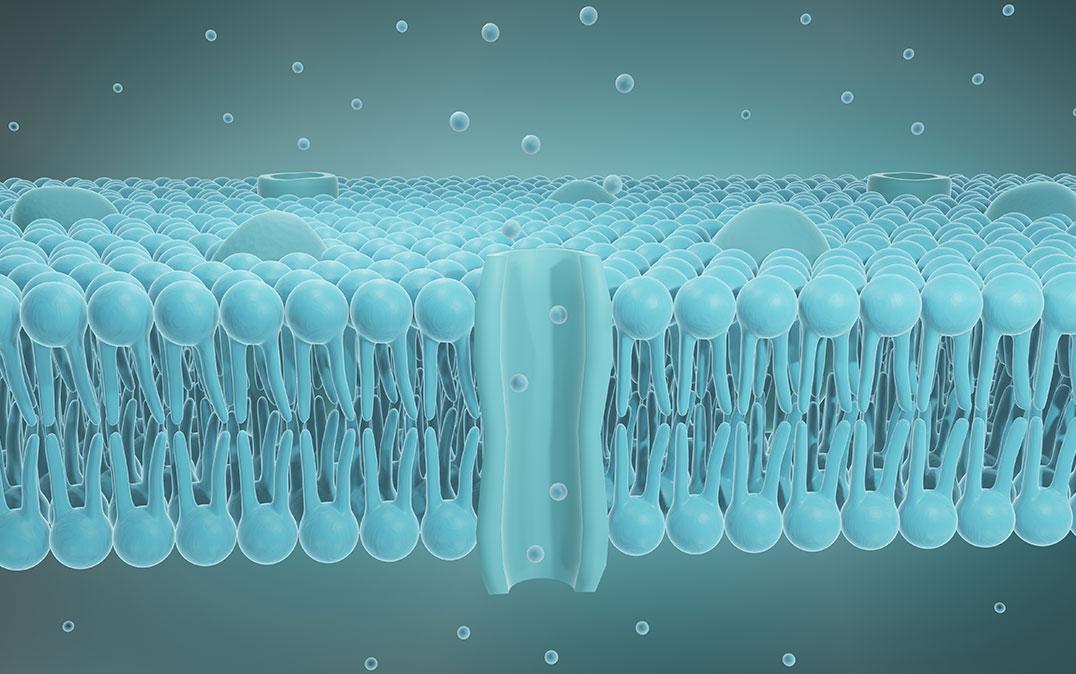Research News
New Cellular Protective Mechanism Discovered
 Image by ART-ur/Shutterstock
Image by ART-ur/Shutterstock
Researchers from the University of Tsukuba identify a protective system that exports reactive sulfur species—molecules that can be beneficial but are harmful in high levels—from cells
Tsukuba, Japan—A vast number of biological reactions occur inside cells, generating various byproducts. Some of these can be highly reactive molecules, and if they build up inside cells they can cause stress and damage. One class of these molecules, reactive sulfur species (RSS), are known to play biological functions, but it was unknown how cells respond to an accumulation of RSS. Now, researchers have described a system by which excess RSS can be actively transported out of cells.
Chemical reactions constantly occur in cells, including two opposing reactions known as oxidation and reduction, and so it is key that this balance, known as "redox homeostasis", is maintained for the health of cells. RSS have been shown to act as "antioxidants" to protect against oxidative stress and maintain redox homeostasis, but an excess of RSS can also lead to sulfur stress.
By creating a strain of mice that generated excessive RSS, the team were able to show that the levels of RSS rose in the extracellular space but not inside the cells, suggesting an active mechanism to transport RSS out of cells. "The strict regulation of the cellular levels of RSS that we observed suggests the presence of an adaptive cellular mechanism controlling the RSS levels, which most likely exists to protect against sulfur stress," explains senior author Professor Yoshito Kumagai.
Transporter proteins are responsible for moving molecules out of cells. The team found that an amino acid called cystine was key in the export of RSS, suggesting that a particular transporter called SLC7A11 is involved in the transport of RSS. SLC7A11 is known to bring cystine into the cell while pumping another amino acid called glutamate out. As cystine is a sulfur-containing molecule, it was a surprising finding that SLC7A11 both imports cystine and exports RSS.
Sulfur stress caused by high levels of RSS can lead to cell death. This is thought to be involved in a variety of human health conditions, including diseases of the heart (cardiomyopathy) and muscles (muscular dystrophy). Therefore, the surprising and significant results of this study will open new and previously unconsidered avenues for research into sulfur stress and related diseases.
###
This work was supported in part by JST CREST Grant Number JPMJCR2024 (20348438) to M.N. and JSPS KAKENHI Grant Number JP18H05293 to Y.K.
Original Paper
The article, "Cystine-dependent antiporters buffer against excess intracellular reactive sulfur species-induced stress", was published in Redox Biology at DOI: 10.1016/j.redox.2022.102514
Correspondence
Professor KUMAGAI Yoshito
Faculty of Medicine, University of Tsukuba / Visiting Professor, Graduate School of Pharmaceutical Sciences, Kyushu University



